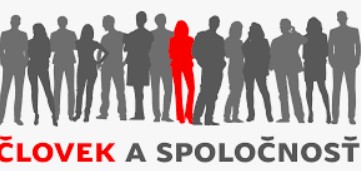MULTILINGUAL FAMILIES AND THEIR POSITION IN EUROPEAN SOCIETIES
MULTILINGUAL FAMILIES AND THEIR POSITION IN EUROPEAN SOCIETIES
Author(s): Gabriel Alberto Ceballos Rodríguez, Mare AinsaarSubject(s): Sociolinguistics, Family and social welfare, Migration Studies, Ethnic Minorities Studies, Identity of Collectives
Published by: Spoločenskovedný ústav SAV, Slovenská akadémia vied
Keywords: Multilingualism; Immigration; Multi-ancestry; Discrimination; European Social Survey;
Summary/Abstract: Background: European Union (EU) statistics show that the percentage of people living in immigrant or mixed households is growing (Eurostat, 2017). Authors concur that fostering multilingualism brings benefits for the family members’ wellbeing (Portes & Hao, 2002) and cohesion (Müller et al., 2020) and for their connection with the society where they live (Vuorenkoski et al., 2000). Research goal: The aim of this study is to analyse the diversity of multilingual families and to describe their social environment in Europe. We study the proportion of people living in multilingual families, their demographic background, and their integration into society. Furthermore, we classify certain European countries according to the characteristics of their multilingual households to better understand the environments in which multilingual families live. Method: We use European Social Survey (ESS) data on immigration background and integration attitudes to analyse multilingual family members from 18 European countries. Demographic background variables include: (1) immigration background and languages spoken at home, (2) multi-ancestry background, and (3) presence of children in the household. The integration variables are: (4) citizenship of the country of residence; (5) feelings of happiness; (6) feelings of discrimination; (7) self-evaluated economic coping. Finally, we conduct a statistical hierarchical cluster analyses to identify countries that share multilinguals with similar characteristics. The detailed description of variables used in this analysis is provided in the article. Results: Our results show that multilingualism has roots in migration in many countries. However, despite the link between immigration history and multilingualism, the background of multilingualism is not linear, and several deviations and outliers are present. The cluster analysis identified five country clusters: (1) Switzerland - the most multilingual country; (2) Belgium, Spain, Ireland, and Germany form an immigration-related, highly multilingual group; (3) France and Sweden form a discriminated-multilingualism cluster; (4) The UK with very low rates of multilingualism and multi-ancestry identity and (5) the final cluster formed by the remaining ten countries with low rates of multilingualism overall. Conclusion: This study contributes to the knowledge about multilingual families in Europe and the heterogenous environments in which they live. Results show that multilingualism is closely related to recent immigration and the migration history of a country, but this relationship is not linear. The results of the study provide a basis to study their different dimensions in further detail, particularly, those related to identity formation and the internal and external motivations to develop an affiliation towards host countries.
Journal: Človek a spoločnosť
- Issue Year: 24/2021
- Issue No: 4
- Page Range: 55-73
- Page Count: 19
- Language: English

